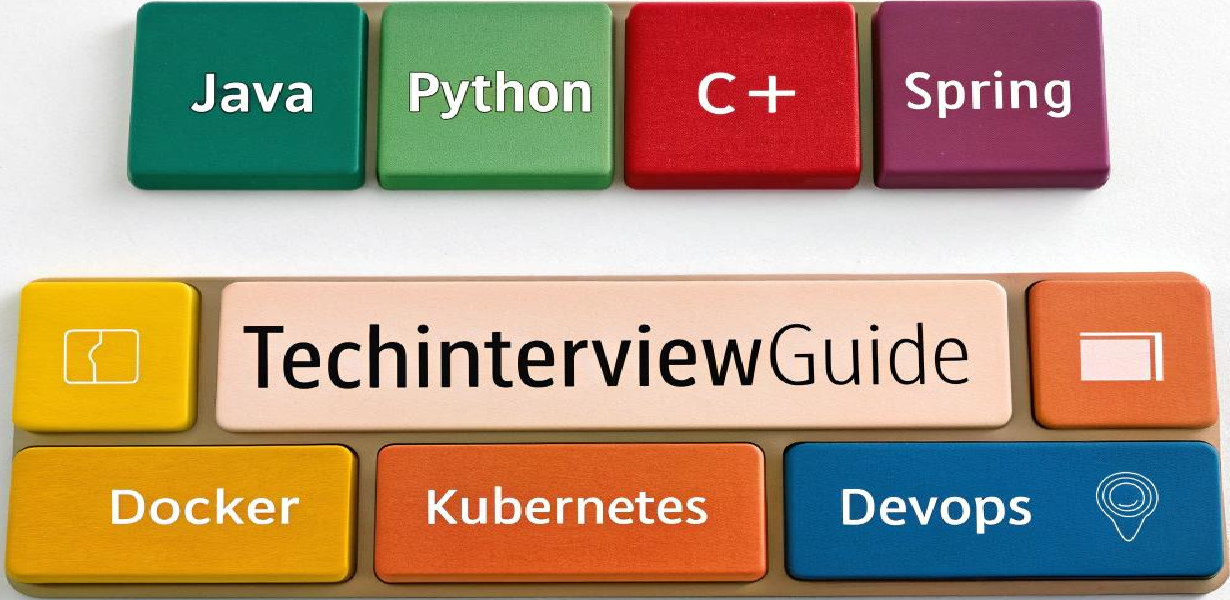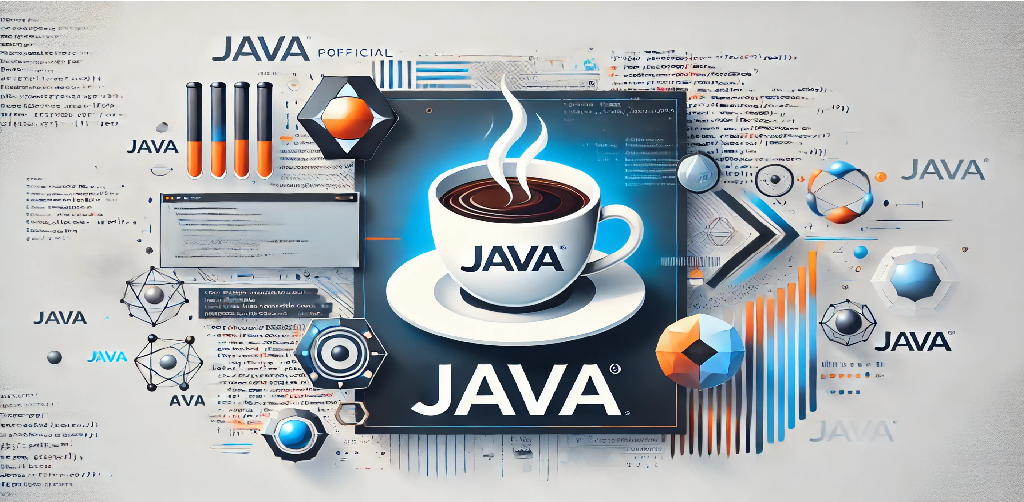How to Use the flatMap Method with Collections in Java?
Learn how to use the flatMap method with collections in Java effectively. This comprehensive guide explores the flatMap method, how it works with Java Streams, and its applications with detailed examples.


